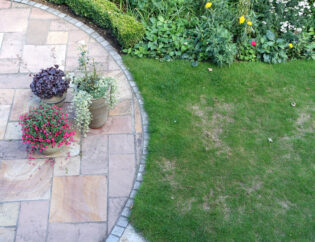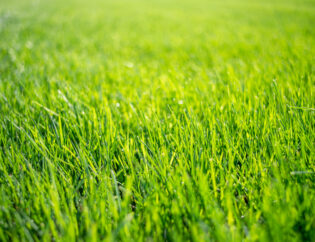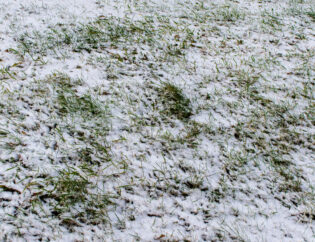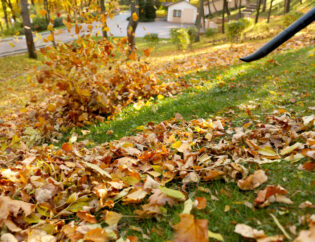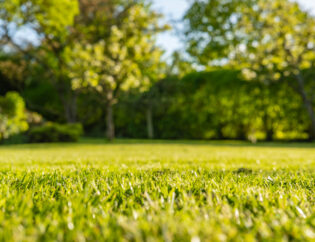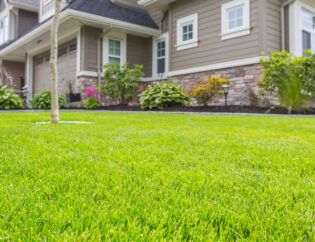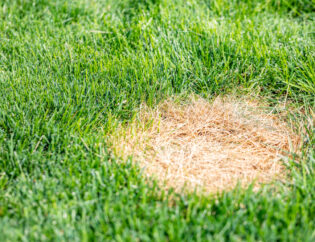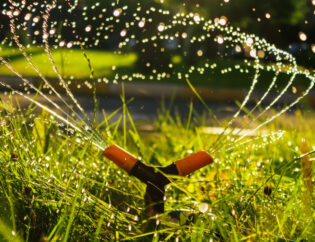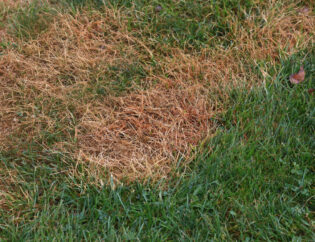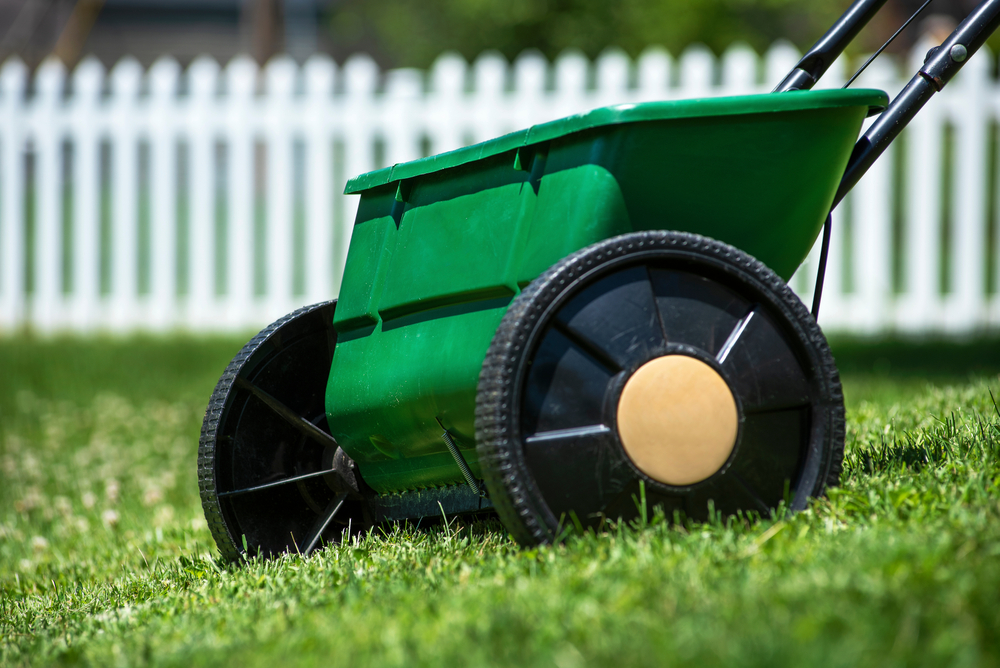
Your lawn can be your pride and joy or the bane of your existence. Keeping the lawn well-fed increases the chances that it will be more of a joy to see. But fertilizing lawns isn’t a matter of tossing some plant food on that green expanse. You’ve got to take timing, rain, and the types of grass and fertilizer you’re dealing with into account.
Fall fertilizing is necessary for some grasses and detrimental to others. And if you’ve got the type of grass that needs fertilizing in fall, you’ve got to be sure you follow state and city laws and fertilize in the right way. Sometimes it’s no problem doing that on your own, but you also have the option of having a lawn care company do that for you.
Feed Only Cool-Season Grasses
Late summer and fall represent a major change for grass lawns. No longer are they trying to grow that much, and they’re now preparing for winter. But they’re preparing in different ways, and that affects what you fertilize and when. Warm-season grasses are done growing and shouldn’t be fertilized, but cool-season grasses have a fall growth spurt that requires fertilizer.
However, don’t fertilize too late in the season. That just sets the grass up for growth as the weather turns freezing, which can harm the grass. Do your fall fertilizing of these grasses in early to mid fall, and no later.
Forecast Rain Is Good Before and Terrible Afterward
Depending on your region, your weather may affect when you can add fertilizer. You want the soil to be moist, so a day after a rainstorm is a good time to fertilize. However, you also want the few days after that to be dry as well so that the fertilizer has time to sink into the soil to be taken up by the grassroots.
Focus on Nitrogen
Cool-season grasses need to start building up stores of nitrogen in their roots in preparation for spring growth. A slow-release, nitrogen-heavy fertilizer is best because nitrogen is what promotes that nice, green foliage that’s so necessary for photosynthesis. When you look at the bag of fertilizer, you’ll see a three-number code. The first number is the percent of the product that’s nitrogen, and it should be the biggest number of the three. You may want a rather high amount of potassium (the third number), too. Phosphorus is the second number, and it needs some research before you apply it.
Find out Your State’s Phosphorus Rules
While nitrogen is the most important nutrient needed here, it’s phosphorus that’s the one you need to be cautious about. Many states ban phosphorus in fertilizers because the mineral can pollute waterways if the fertilizer is applied incorrectly; the fertilizer washes down into runoff and ends up in bodies of water where it can harm aquatic life.
Keep in mind that a ban on phosphorus isn’t always at the state level. While a state might allow phosphorus, a town might ban it. In Pennsylvania’s case, the state allows it in limited circumstances. If you’re fertilizing your lawn in the fall, be careful about what fertilizer you reach for.
Of course, you can always leave the fertilizing decisions to professionals. If you want to find a company that offers grass fertilization in Hatfield, PA, you’ll want to contact EMC Lawncare. Lawn care companies in Doylestown, PA, know how to work with the state’s laws on phosphorus and can identify the right types of grasses to fertilize in the fall. Give your lawn a successful sendoff before winter dormancy with proper fertilization.

